Revealed: How Do Police Test for THC Accurately
Did you know that laws regarding driving under the influence of marijuana vary across different Canadian provinces? However, there is a growing trend towards “per se” laws that use a level of delta-9-tetrahydrocannabinol (THC) in biofluids as a determinant of intoxication. But here’s the catch: there is little evidence correlating a specific THC level with impaired driving, making marijuana per se laws controversial and challenging to enforce.
Key Takeaways:
- THC testing methods are used by police to identify individuals driving under the influence of marijuana.
- Current THC testing methods have limitations in accurately determining impairment.
- Researchers are working on developing improved THC testing protocols to address these limitations.
- The future of THC testing may involve computer-tablet-based tests that simulate real-life driving scenarios.
- Improved THC testing methods aim to provide law enforcement with more reliable tools for identifying and prosecuting marijuana-impaired drivers.
The Challenges of THC Testing
Testing for THC presents several challenges for law enforcement agencies in Canada. One of the main difficulties is the lack of a direct correlation between THC levels and impairment. Unlike alcohol, where there are established blood alcohol concentration (BAC) limits for determining impairment, THC affects individuals differently, making it difficult to establish a universal impairment threshold.
Additionally, THC can remain in the body for an extended period, especially in chronic users, even after the psychoactive effects have worn off. This complicates the testing process as law enforcement needs to accurately detect and quantify THC in various biofluids to determine recent marijuana use.
Legal authorities have developed cannabis screening procedures and THC analysis techniques that aim to address these challenges. These procedures involve the collection of biofluid samples from individuals suspected of marijuana use, such as blood, urine, or oral fluid. Once collected, the samples undergo specialized analysis techniques to detect the presence and quantify the amount of THC.
The Need for Specialized THC Analysis Techniques
Law enforcement agencies rely on specific THC analysis techniques to accurately determine marijuana use. Chromatography is one such technique widely used for THC analysis. Gas chromatography-mass spectrometry (GC-MS) and liquid chromatography-mass spectrometry (LC-MS) are two commonly employed methods for separating and identifying THC and its metabolites in biofluid samples.
The GC-MS method involves vaporizing the THC compounds and running them through a gas chromatograph to separate individual compounds based on their molecular weight and polarity. The THC compounds are then ionized and analyzed using a mass spectrometer, providing precise identification and quantification of THC in the sample.
Similarly, the LC-MS method utilizes a liquid chromatograph to separate THC compounds, followed by ionization and analysis using a mass spectrometer. Both techniques offer high specificity and sensitivity in detecting and quantifying THC in biofluid samples, ensuring accurate results in law enforcement drug testing.
Law enforcement drug testing for THC poses unique challenges due to the complexities of THC’s effects on individuals and its persistence in the body. However, with the development of cannabis screening procedures and specialized THC analysis techniques, law enforcement agencies in Canada are better equipped to identify recent marijuana use and enforce drug-impaired driving laws.

THC Dosing Study and Impairment Effects
In a recent study conducted by researchers from RTI International, the effects of THC dosage and administration methods on impairment were examined. The study involved 20 participants who consumed cannabis through different routes (oral and vaporized) and at varying doses. Cognitive and psychomotor performance tests were conducted, and biofluid samples were collected for THC analysis.
The results showed that both oral and vaporized THC doses had negative impacts on participants’ cognitive and psychomotor functioning. This suggests that the presence of marijuana can impair an individual’s ability to perform mental and physical tasks effectively. The study’s findings highlight the importance of police THC detection methods and testing for cannabis use in determining impairment accurately.
| THC Administration Method | Dosage | Impairment Effects |
|---|---|---|
| Oral | Low | Reduced cognitive performance and psychomotor functioning |
| Oral | High | Significant impairment in cognitive and psychomotor abilities |
| Vaporized | Low | Moderate impairment in cognitive and psychomotor functions |
| Vaporized | High | Severe impairment in cognitive and psychomotor functioning |
It is crucial for law enforcement agencies to be able to accurately identify the presence of marijuana and detect levels of THC in individuals suspected of impaired driving or other activities. Effective police THC detection methods and testing for cannabis use play a vital role in ensuring road safety and upholding the law. However, it is important to acknowledge the limitations of relying solely on THC levels in biofluids as indicators of impairment, as demonstrated in the study.
As the research on marijuana presence identification and police THC detection methods continues to evolve, it is essential to adopt comprehensive and reliable testing protocols that consider multiple factors, including cognitive and psychomotor performance, to adequately assess impairment. By doing so, law enforcement can make more informed decisions and promote safer communities.
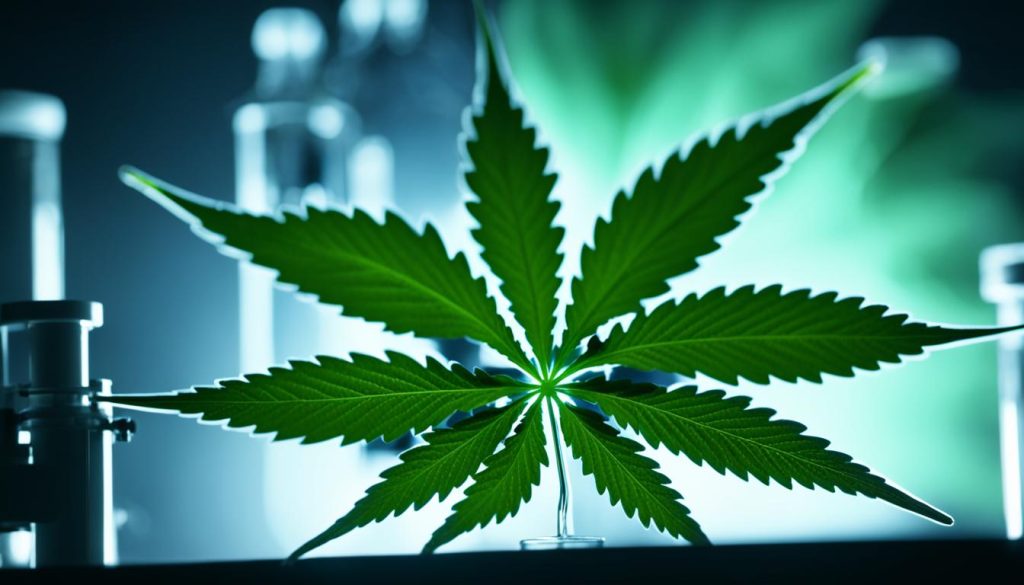
Limitations of Current Testing Methods
Current testing methods for THC have inherent limitations that hinder their ability to accurately determine impairment. One of the main challenges is the inconsistent correlation between THC levels in biofluids and cognitive or psychomotor impairment measures. This means that individuals can exhibit impaired functioning even when their THC levels are relatively low, making it difficult to rely solely on THC levels as an indicator of impairment.
Furthermore, standardized field sobriety tests commonly used for detecting alcohol impairment are ineffective in detecting marijuana intoxication. These tests are not specifically designed to assess the effects of THC on cognitive and psychomotor abilities, which can result in the underidentification of individuals who are impaired by marijuana.
These limitations highlight the pressing need for improved testing protocols that provide a more accurate assessment of THC impairment. Researchers and law enforcement agencies are actively working towards developing standardized THC screening protocols that consider the complexities of marijuana impairment and yield more reliable results.
The Road to Improved THC Testing
With the legalization of marijuana in Canada and the increasing use of cannabis products, the demand for reliable and accurate THC testing methods has grown significantly. Researchers are diligently working on developing innovative technologies and protocols to overcome the limitations of current testing methods. These advancements aim to equip law enforcement with more effective tools for identifying and prosecuting individuals who drive under the influence of THC. By combining cognitive and psychomotor performance tests with THC analysis, there is potential to establish scientifically-based thresholds for marijuana intoxication.
| New Developments in THC Testing | Benefits |
|---|---|
| Enhanced THC detection methods | Improved accuracy in identifying THC impairment |
| Advanced testing protocols | Greater reliability in determining THC levels |
| Integration of cognitive and psychomotor assessments | More comprehensive evaluation of impairment |
| Scientifically-based intoxication thresholds | Clear guidelines for law enforcement |
The Future of THC Testing
The future of THC testing is bright, with researchers making significant advancements in roadside testing methods. One promising development is the exploration of computer-tablet-based tests that integrate cognitive and psychomotor evaluations to accurately assess impairment caused by THC. These tests aim to simulate real-life driving scenarios and measure an individual’s ability to respond to various stimuli while under the influence of THC.
By utilizing driving simulators to validate these tests and comparing the performance on the tablet-based app, researchers are working towards creating a more reliable and effective roadside testing method for THC impairment. This innovative approach will provide law enforcement with a tool that can accurately assess a driver’s impairment level and enhance road safety.
The integration of cognitive and psychomotor evaluations in THC testing is a significant step forward. By measuring an individual’s cognitive abilities and motor skills, these tests can provide a comprehensive assessment of impairment, taking into account factors such as reaction time, decision-making, and overall driving performance. This holistic approach will enable law enforcement to identify impaired drivers more accurately and efficiently.
With ongoing research and continuous advancements in THC testing, the future holds promising possibilities for improving roadside testing methods. By harnessing the power of technology and scientific knowledge, we can enhance our ability to detect and deter THC-impaired driving, making our roads safer for everyone.
- The Role of Police in Community Safety & Unity - October 6, 2025
- Quebec Police Officer Salary Insights 2023 - July 13, 2025
- Canada Arrest Protocol: What Police Say Upon Arrest - June 12, 2025
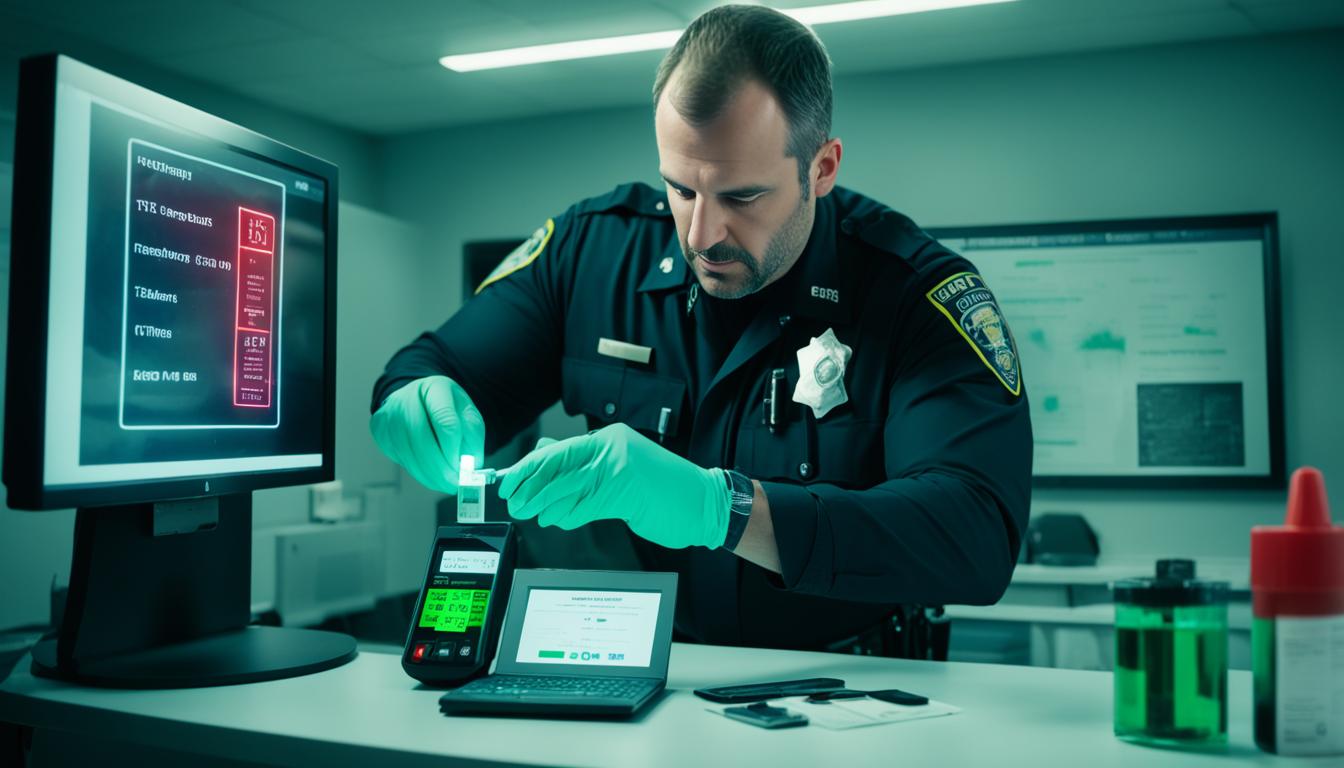
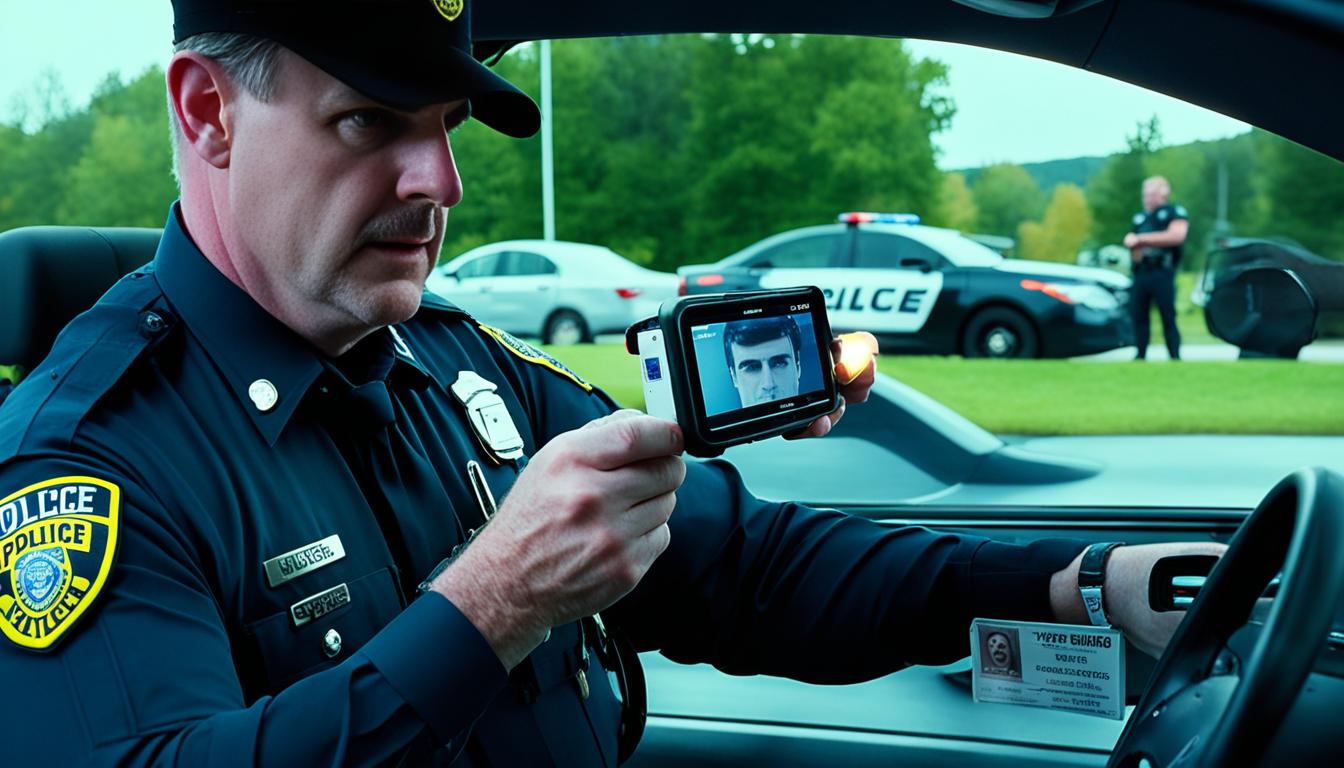
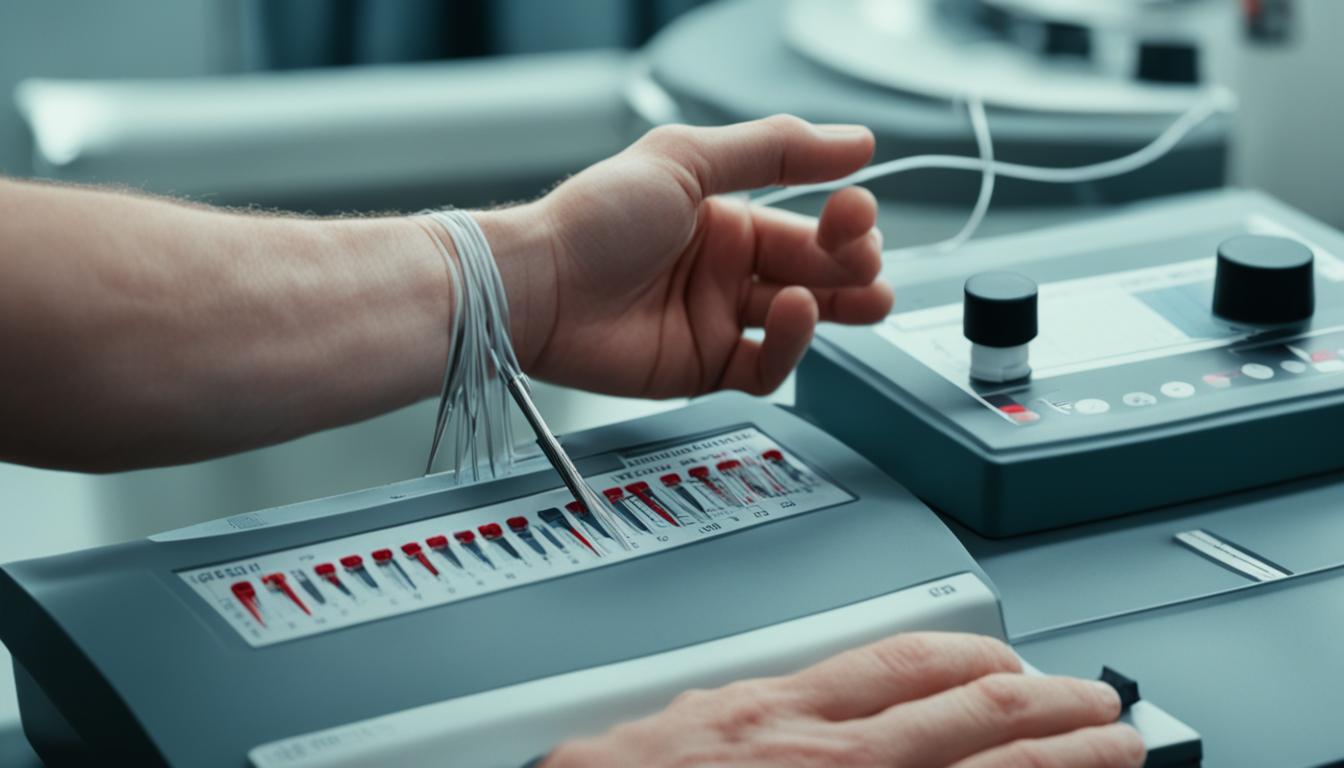

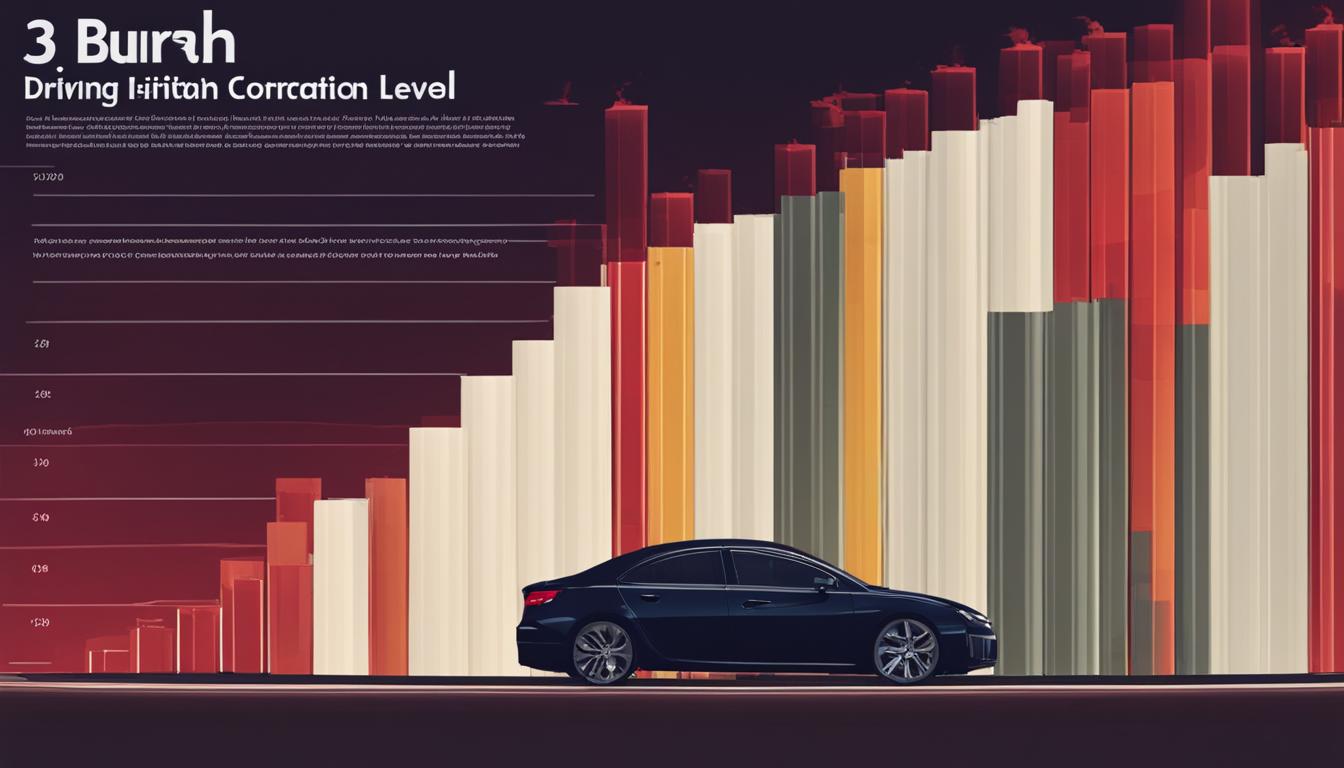



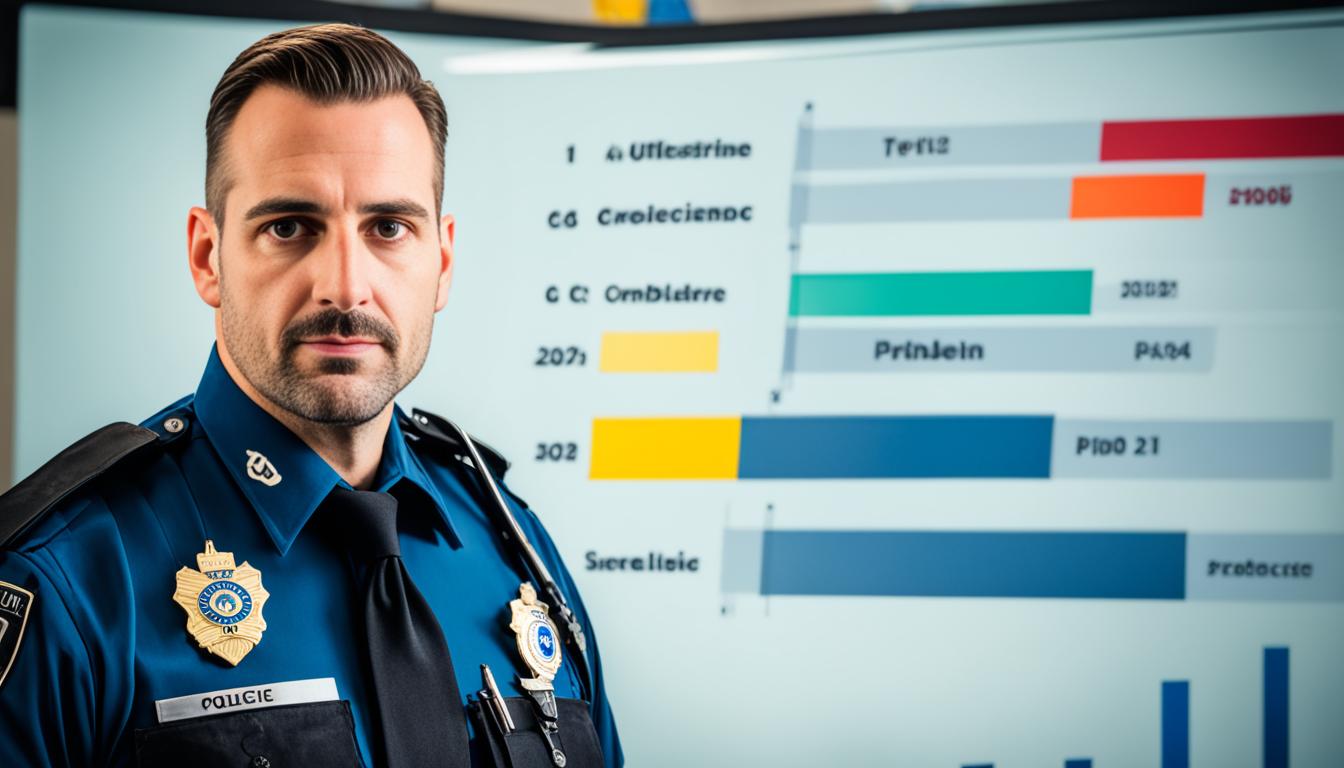











Post Comment